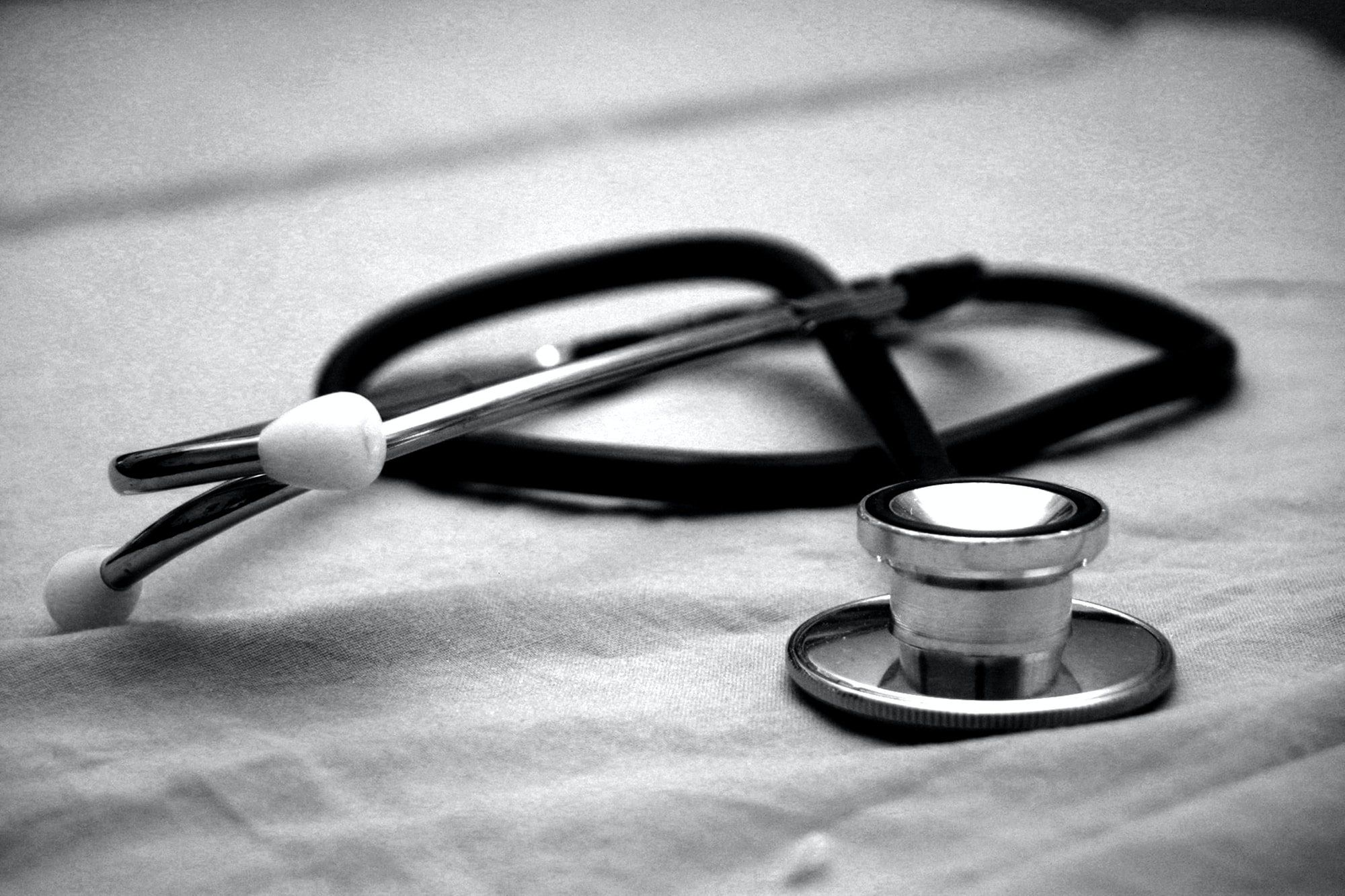New Recommendations
European Union Harmonized Standards For Medical Devices: the Medical Device Coordination Group (MDCG) of the European Commission has issued new recommendations on the role of standards in the medical device industry (the Guidance). The Guidance explains how harmonised European standards (hENs) are governed. It also explaines the advantages of adopting hENs to demonstrate conformity with the key requirements of EU medical device regulation. In addition, the Guidance covers the idea of 'state of the art' which must be considered under EU medical device regulation. This is to ensure compliance with particular health, safety, and performance requirements.
The present EU medical device legislative framework is founded on the principles of the 'New Approach' and the 'New Legislative Framework'. They outline the basic health and safety requirements that must be completed before medical devices can be placed on the EU market. The Guidance indicates that hENs serve a critical role in offering technical solutions in support of those key needs for which the legislation is otherwise silent on how they should be accomplished. According to the Guidance, hENs include a ‘Annex Z' . That lists the applicable legal requirements covered by the standard for each item of EU legislation to which they may demonstrate conformance.
EU Procedure For Submitting Standardisation Requests For Medical Devices
The Guidance explains the procedure used by the European Commission for submitting standardisation requests for medical devices to the relevant European Standardisation Organisations, namely CEN and CENELEC. The standardisation requests concern the creation of specific standards that regulate technological solutions in support of the applicable legislation's basic requirements.
As a result, medical devices that are manufactured and developed in accordance with the applicable hENs are presumed to comply with the necessary essential legal requirements. Despite the obvious benefits of the presumption of conformance, reliance on standards in the medical device industry is still discretionary, as is the intent of standardisation as set out in the Regulation on European Standardisation 1025/2012: “The primary objective of standardisation is the definition of voluntary technical or quality specifications with which current or future products, production processes or services may comply.”
In practice, a manufacturer can demonstrate conformity by using hENs' technical solutions, non-harmonised European standards, or other international or national standards. A manufacturer may also choose to develop its own technical solutions, provided that it can demonstrate that the alternative non-harmonised means comply with the legal requirements that apply to the product.

Exceptions
However, there are a few key exceptions to the idea of voluntary compliance with standards for the symbols and identification colors used to communicate mandatory, regulated information to end users. The necessary hENs as indicated in the Annexes of the applicable EU medical device legislation must be followed.
The Concept Of 'State Of The Art'
The Guidance also offers helpful insights into the concept of ‘state of the art,' which must be considered when demonstrating a product's compliance with specific health, safety, and performance requirements as set down in applicable EU medical device legislation. Because it is a complicated concept with no actual legal status, the Guidance cautions that conforming to the most recent version of a standard not listed in the Official Journal of the EU does not automatically imply compliance with the requirements of the applicable EU legislation if no additional evidence is provided in the product's technical documentation.
Conclusion
European Union Harmonized Standards For Medical Devices. With the MDR's recent implementation, this MDCG Guidance serves as a timely reminder of how harmonised EU standards can assist producers in meeting the essential health, safety, and performance requirements outlined in applicable EU legislation. Medical device manufacturers are advised to adopt the latest versions of the hENS into their compliance programs to ensure continuing compliance with the appropriate essential regulatory requirements outlined in the applicable EU medical device law.
The different standardisation mandates provided by the Commission to CEN and Cenelec in respect to the old Directives expire with those pieces of legislation, as indicated in the Guidance. The European Commission recently requested that CEN and Cenelec adopt and list standards that will be recognized under the MDR and the IVDR. The first of these harmonised standards have now been published in the Official Journal of the European Union in respect of the MDR on 19 July 2021 (OJ L 256, 19.7.2021, p. 100) and the IVDR on 20 July (OJ L 258, 20.7.2021, p. 50). The publication of these and further harmonised standards is something that manufacturers should continue to monitor closely.
